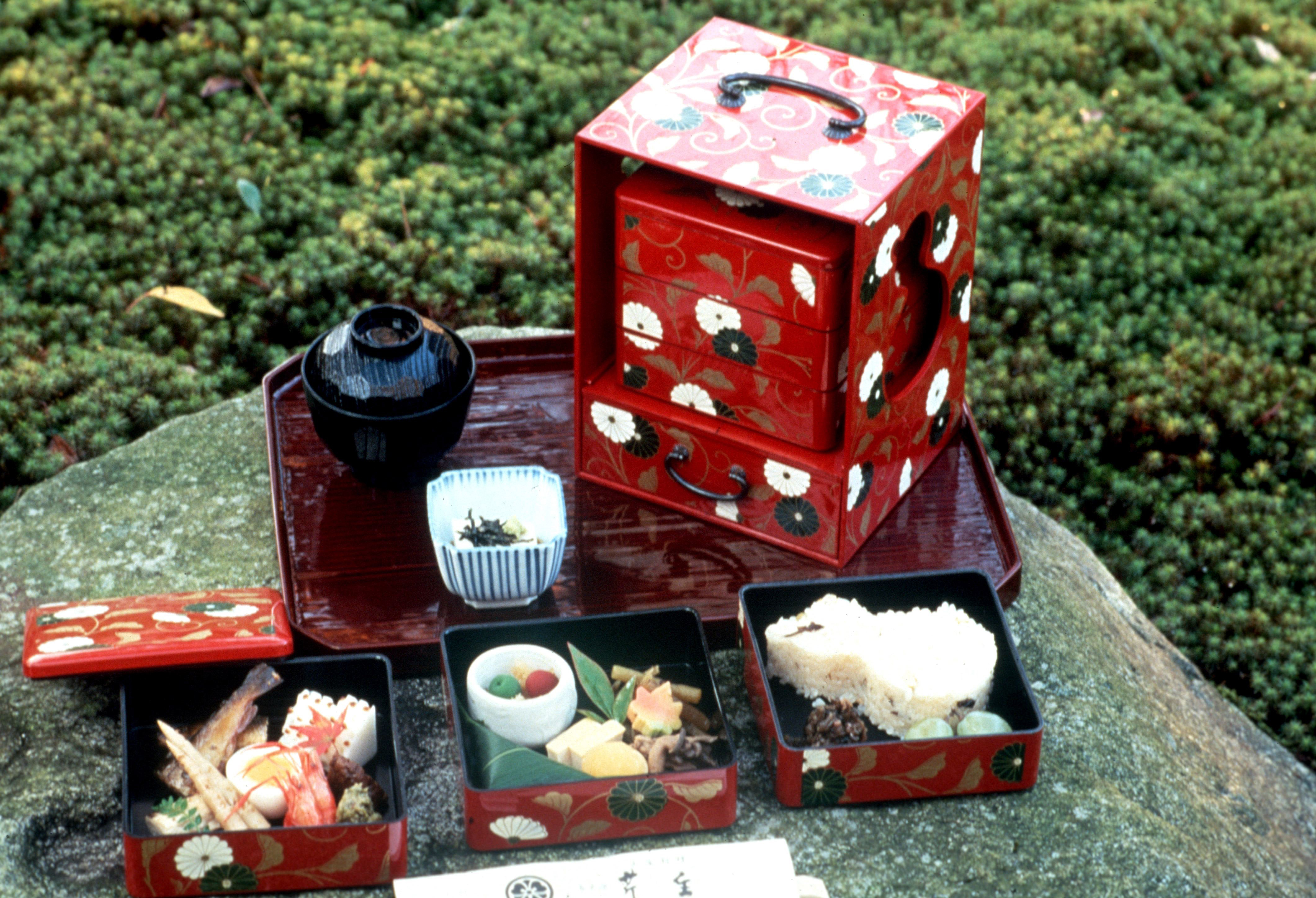Gyūdon (牛丼, beef-over-rice bowl) and tonjiru (豚汁, miso soup with pork and vegetables) have much in common. Not only are they a nice combo for a quick lunch (and that it's almost noon while I'm writing this), but on closer inspection both terms also turn out to be a little off with regard to how they are pronounced.
In Japanese, most kanji have at least two readings. One is derived from its original Chinese pronunciation and called on-yomi (音読み). The other is the native reading that most characters ended up with some time after their import from the continent. This one is called kun-yomi (訓読み). Now when two characters are put together into a compound, called jukugo (熟語), the basic rule of thumb is that the term as a whole should be read either in native kun or in Sino-Japanese on fashion.
To remain in the domain of food for a moment, gohan (rice) consists of two characters: 御 (go) and 飯 (han), both prounounced in on-yomi. Tsukemono (漬物, pickles), on the other hand, is an example of the kun + kun pattern.



